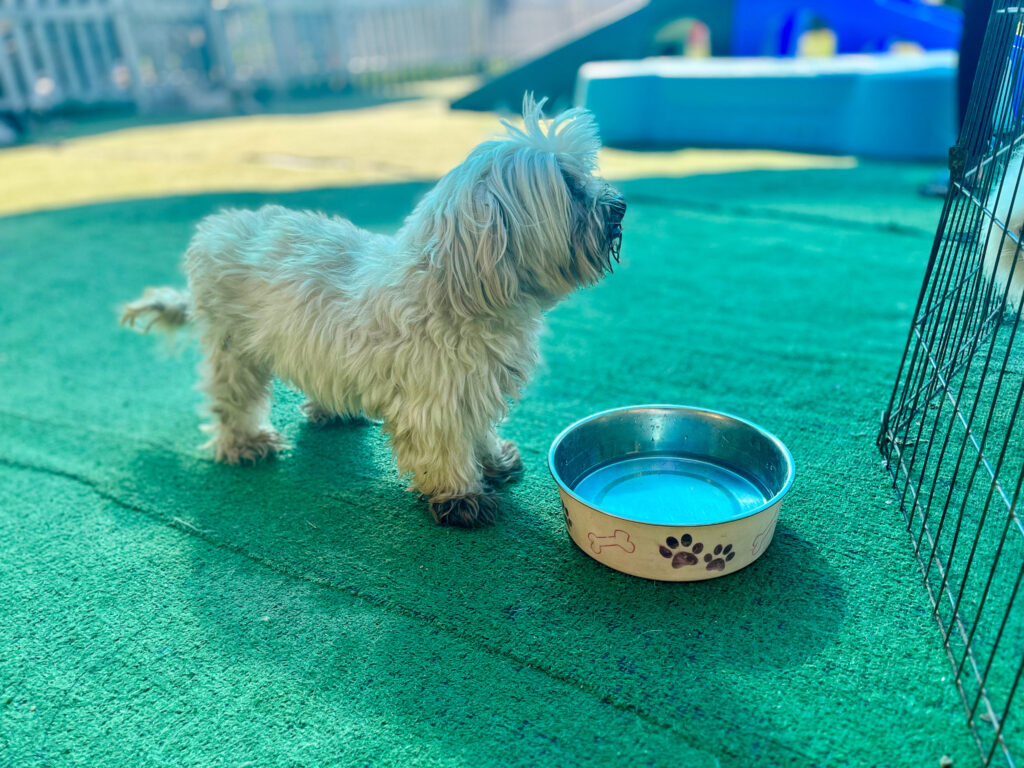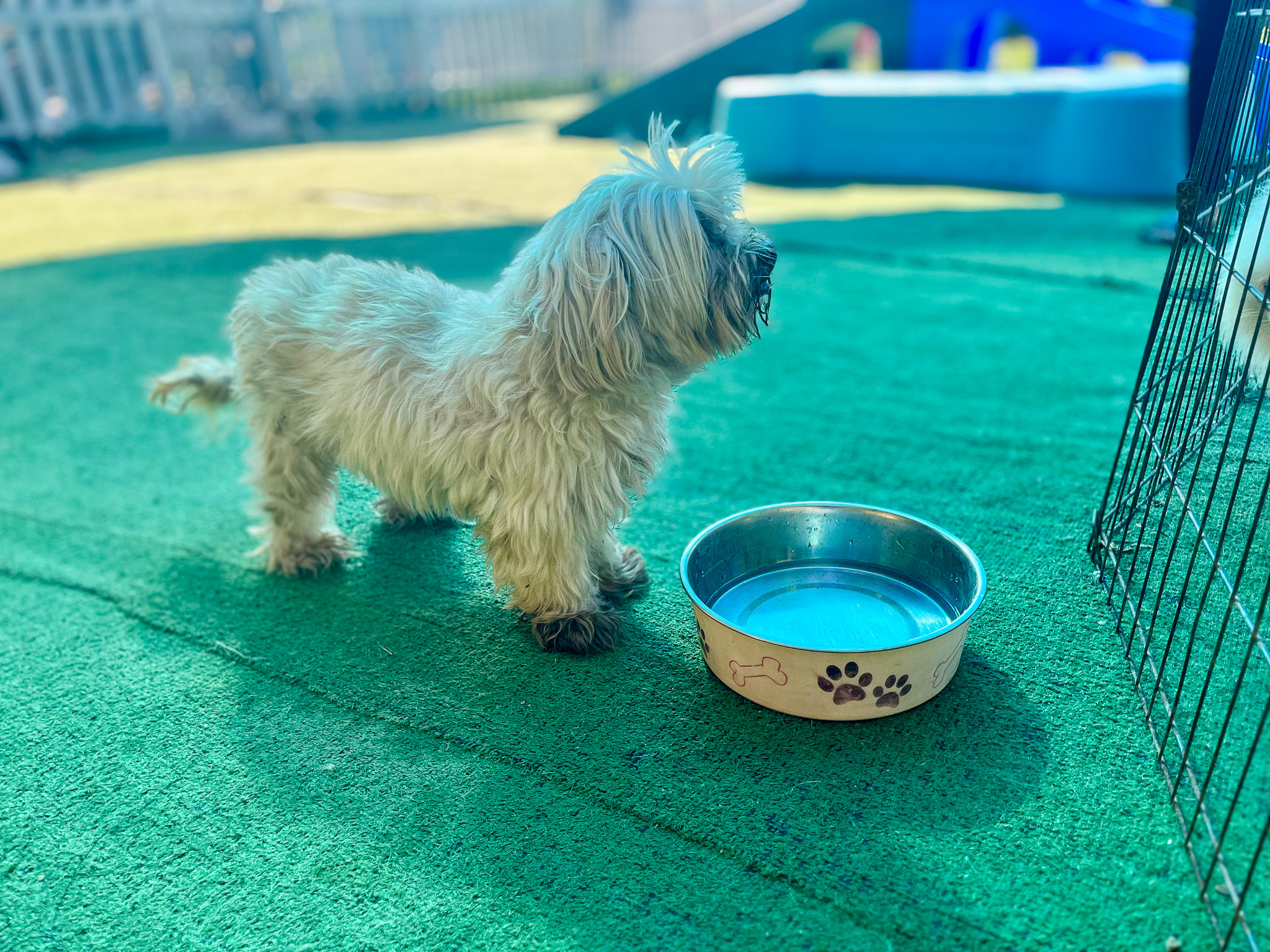Bringing a new pet into your home is an exciting and life-changing experience much like welcoming a child. Whether it’s a dog or a cat, they will explore their new surroundings by observing patterns and interacting with everything in their environment. As a pet owner, it is your responsibility to create a safe, comfortable, and welcoming space.
Pet-Proofing Your Home
Just as we take precautions to childproof a home, pet-proofing is essential to prevent accidents and to ensure your new companion adjusts smoothly. Dogs and cats are naturally curious, so it’s important to secure anything that could pose a danger. Cleaning products, human food, medications, and small objects should be kept out of reach to prevent poisoning or choking hazards. Additionally, sharp tools and fragile items should be stored away to prevent accidents.
A new pet may feel overwhelmed in an unfamiliar environment, which can trigger their instinct to hide or escape. Some pets may become frightened by their new surroundings and attempt to run away or find a hiding spot, so it’s crucial to ensure that doors and gates are secure. Creating a designated safe space indoors, such as a quiet corner, can help your pet feel more at ease as they adjust.
Providing a Comfortable Living Space
Before bringing a pet home, it’s essential to ensure you have all the necessary supplies to meet their basic needs. One of the most important considerations is sleeping arrangements. In Jamaica, it is common for pets to be kept outdoors, making it even more vital to provide a shelter that offers protection from the sun and rain. A sturdy, well-covered kennel or crate is ideal for outdoor pets. On the other hand, if your pet will be living indoors, a comfortable bed or crate should be placed in a quiet, low-traffic area where they can rest undisturbed.For cats, a litter box should be placed in an accessible but private location, while for dogs, potty training essentials like training pads can help with housebreaking.

Pet with clean water bowl
Feeding and Nutrition
Providing a proper feeding setup is also key. Researching the nutritional needs of your pet’s breed will help you select the best diet. It’s important to use clean food and water bowls and to serve appropriately portioned meals to maintain a healthy weight. Following feeding guidelines, whether for home-cooked meals or store-bought pet food, ensures that your pet is receiving balanced nutrition.
Stimulation
In addition to food and shelter, mental and physical stimulation play an important role in a pet’s well-being. Pets need stimulation to prevent boredom and destructive behaviors. Toys, scratching posts, and chew bones help keep them entertained while encouraging natural behaviors like hunting, chewing, and playing.
For dogs, regular walks and playtime are essential to burn off energy and maintain a healthy lifestyle. Cats, especially those kept indoors, benefit from climbing structures, interactive toys, and scratching posts. Engaging with your pet through play strengthens your bond and contributes to their emotional well-being.
Bringing a pet into your home is a commitment that requires thoughtful preparation and responsibility. Ensuring a safe, well-equipped environment will not only make the transition easier for your new pet but also strengthen the bond between you. Whether your pet will be living indoors or outdoors, providing security, comfort, and love will help them feel at home and lay the foundation for a happy and fulfilling companionship.

